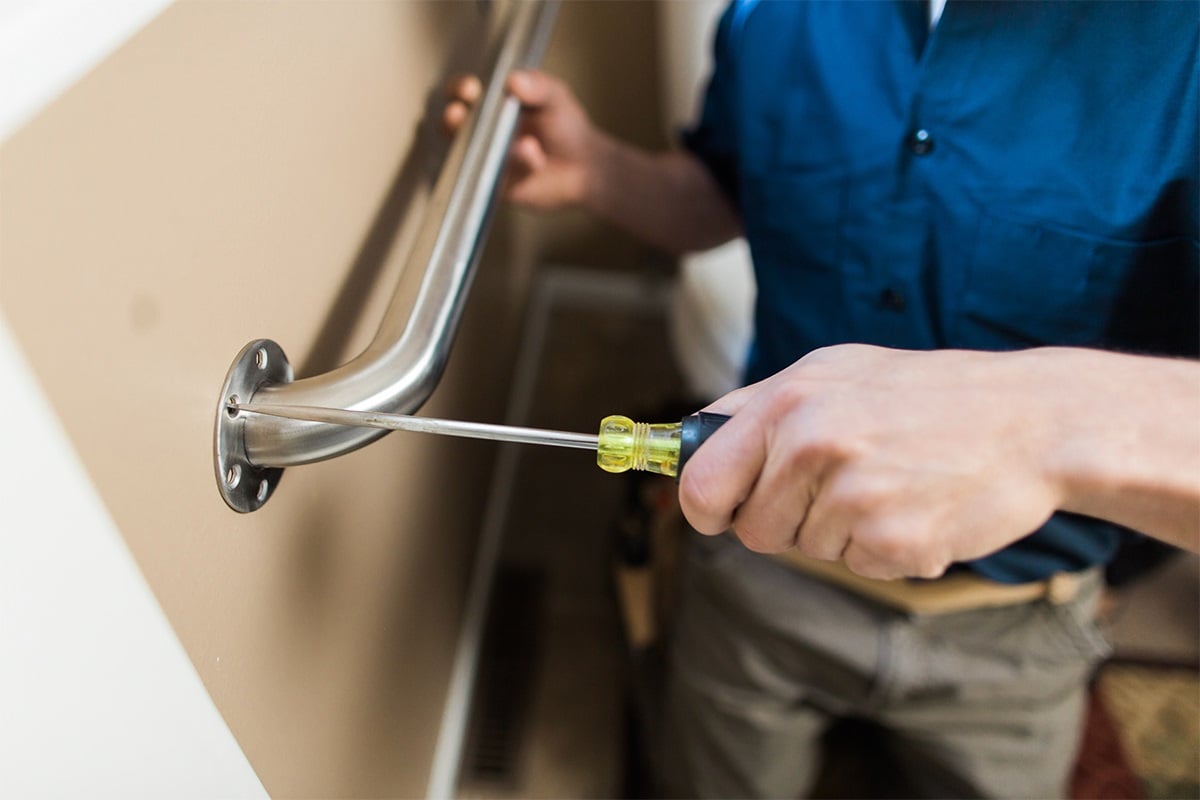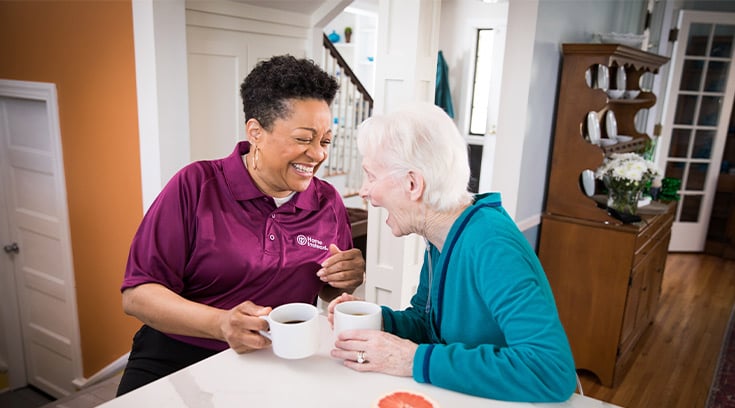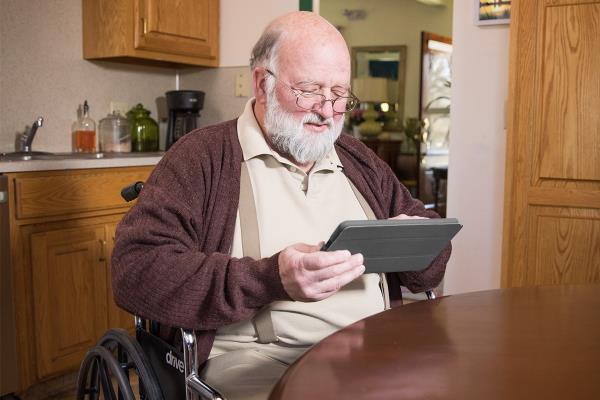What’s inside the Home Safety Checklist?
Download the free room-by-room Home Safety Checklist to learn how the following suggestions make an older adult’s home safer:
- Remove rugs and have a cordless phone in the bedroom
- Improve safety in the bathroom with non-slip mats and by storing medications properly
- Declutter the living room
- Install smoke detectors in the hallway
- Follow guidelines for ideal cabinet heights, lighting and floors for the kitchen
- And more tips for the laundry room, yard and garage
Download the Home Safety Guide
This guide provides a free room-by-room checklist to help make an aging adult’s home safer. Learn how to identify tripping and fall hazards, and improve the safety of potentially hazardous areas such bathrooms and kitchens.

Compassionate Home Care
When you need in-home care services, look to your local Home Instead office to deliver the excellence and compassion you deserve.




